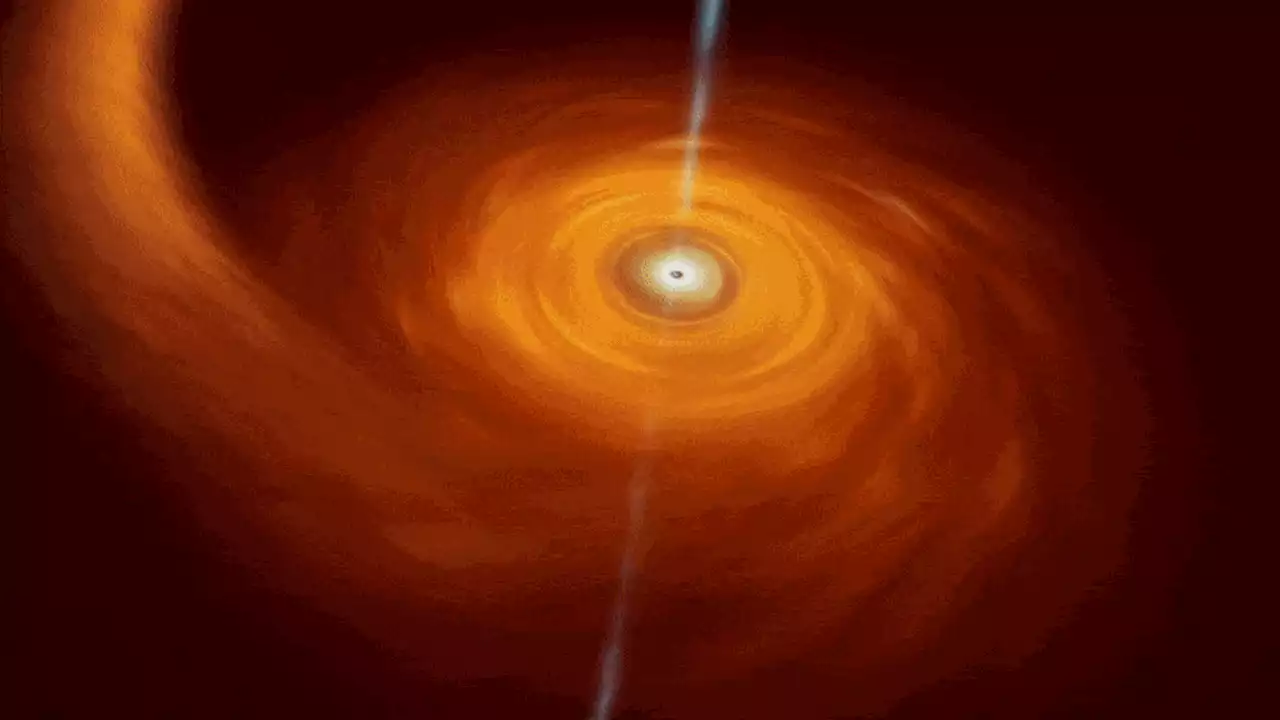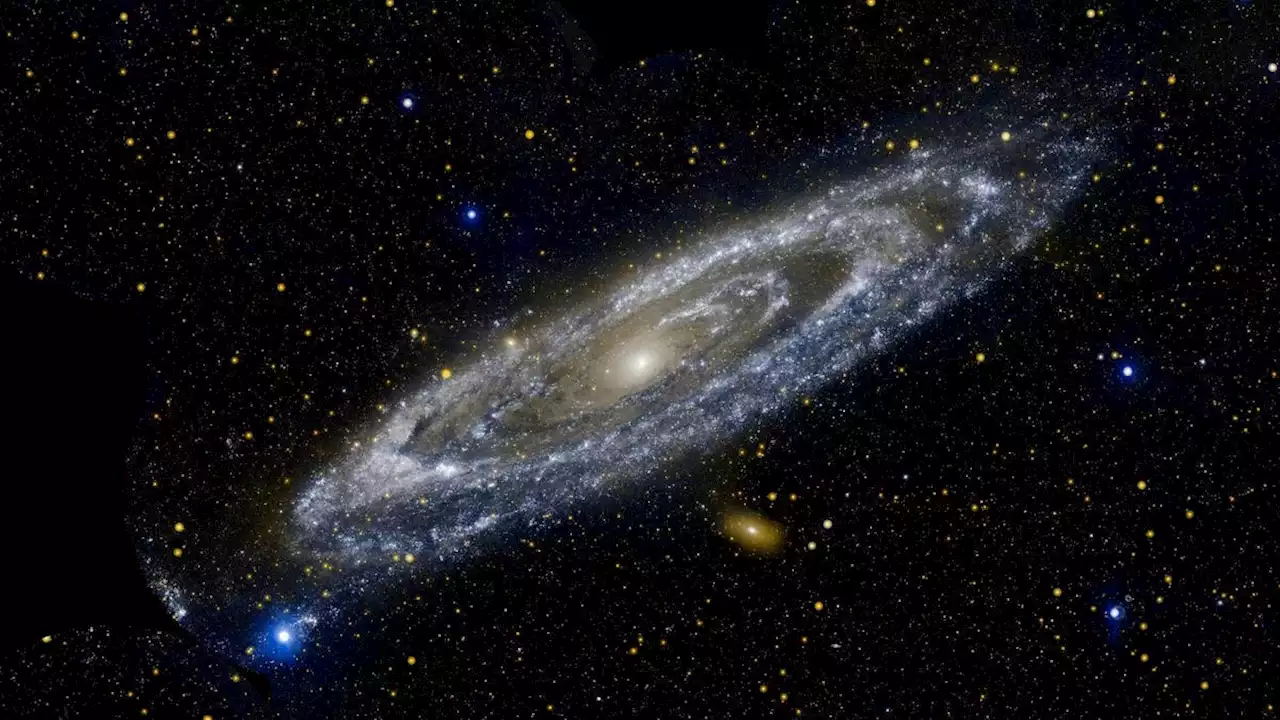This pair of supermassive black holes is doomed to collide
Sign up for CNN’s Wonder Theory science newsletter. Explore the universe with news on fascinating discoveries, scientific advancements and more. Two supermassive black holes have been spotted feasting on cosmic materials as two galaxies in distant space merge — and are the closest to colliding black holes astronomers have ever observed.
“Our study has identified one of the closest pairs of black holes in a galaxy merger, and because we know that galaxy mergers are much more common in the distant Universe, these black hole binaries too may be much more common than previously thought,” said lead study author Michael Koss, a senior research scientist at the Eureka Scientific research institute in Oakland, California, in a statement.
United States Latest News, United States Headlines
Similar News:You can also read news stories similar to this one that we have collected from other news sources.
 Bernard Kalb, founding CNN 'Reliable Sources' anchor, dies at 100 | CNN BusinessBernard Kalb, the long-time journalist and founding anchor of CNN’s “Reliable Sources” program, died on Sunday at his home in North Bethesda, Maryland, his family said. He was 100.
Bernard Kalb, founding CNN 'Reliable Sources' anchor, dies at 100 | CNN BusinessBernard Kalb, the long-time journalist and founding anchor of CNN’s “Reliable Sources” program, died on Sunday at his home in North Bethesda, Maryland, his family said. He was 100.
Read more »
 Business News - Latest Headlines on CNN Business | CNN BusinessView the latest business news about the world’s top companies, and explore articles on global markets, finance, tech, and the innovations driving us forward.
Business News - Latest Headlines on CNN Business | CNN BusinessView the latest business news about the world’s top companies, and explore articles on global markets, finance, tech, and the innovations driving us forward.
Read more »
 Twin black holes caught chowing down on the leftovers of a galaxy mergerBinary black holes may be more common than astronomers realized, according to new research.
Twin black holes caught chowing down on the leftovers of a galaxy mergerBinary black holes may be more common than astronomers realized, according to new research.
Read more »
 Unprecedented Discovery: Astronomers Observe Most Distant Black Hole Devouring a StarLast year, the European Southern Observatory’s Very Large Telescope (ESO’s VLT) was alerted after an unusual source of visible light had been detected by a survey telescope. The VLT, together with other telescopes, was swiftly repositioned towards the source: a supermassive black hole in a distant g
Unprecedented Discovery: Astronomers Observe Most Distant Black Hole Devouring a StarLast year, the European Southern Observatory’s Very Large Telescope (ESO’s VLT) was alerted after an unusual source of visible light had been detected by a survey telescope. The VLT, together with other telescopes, was swiftly repositioned towards the source: a supermassive black hole in a distant g
Read more »
 Astronomers Find the Edge of Our GalaxyNew research on pulsing stars has shifted the boundary of the Milky Way a few thousand light-years closer to the Andromeda galaxy.
Astronomers Find the Edge of Our GalaxyNew research on pulsing stars has shifted the boundary of the Milky Way a few thousand light-years closer to the Andromeda galaxy.
Read more »
